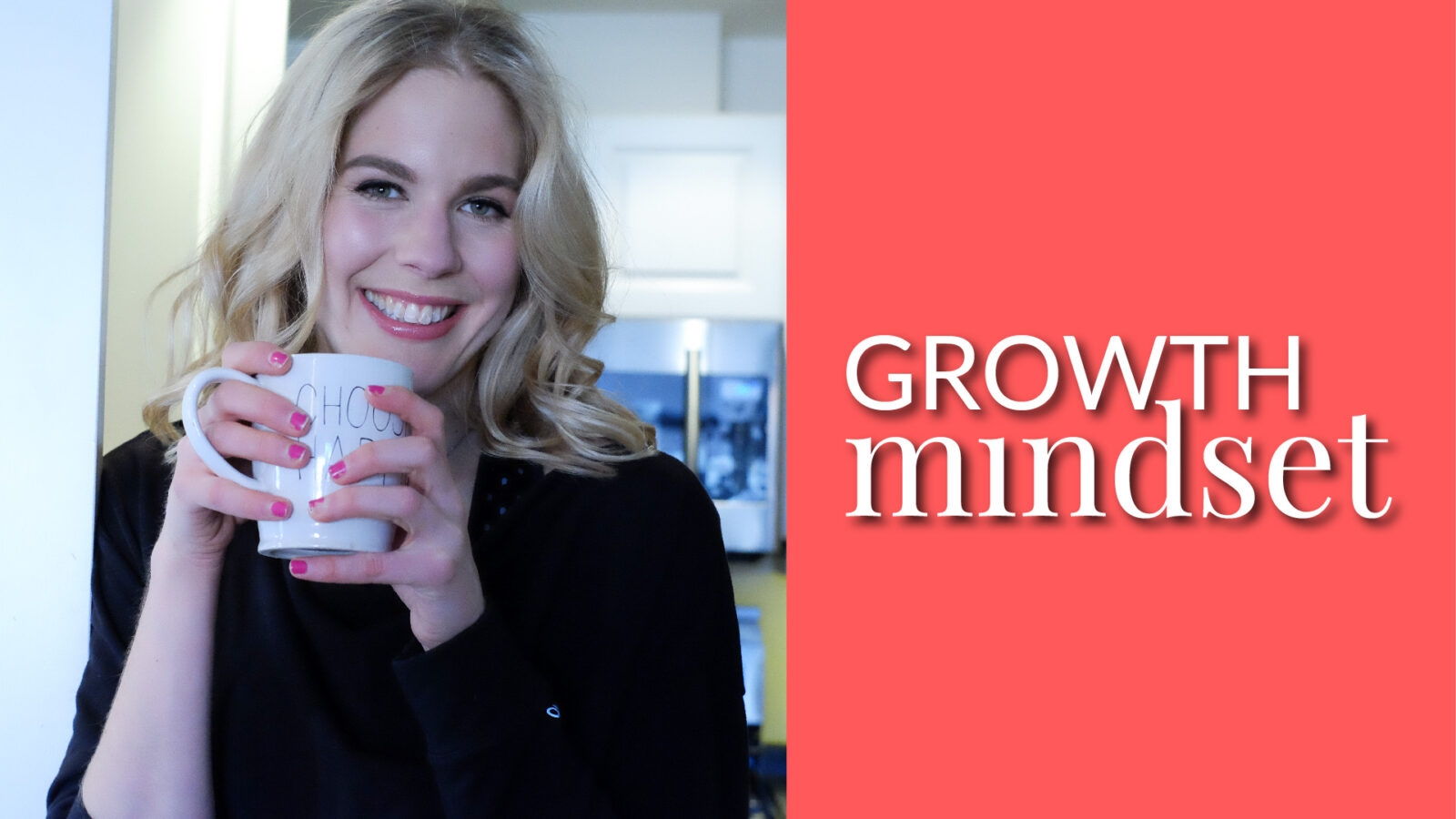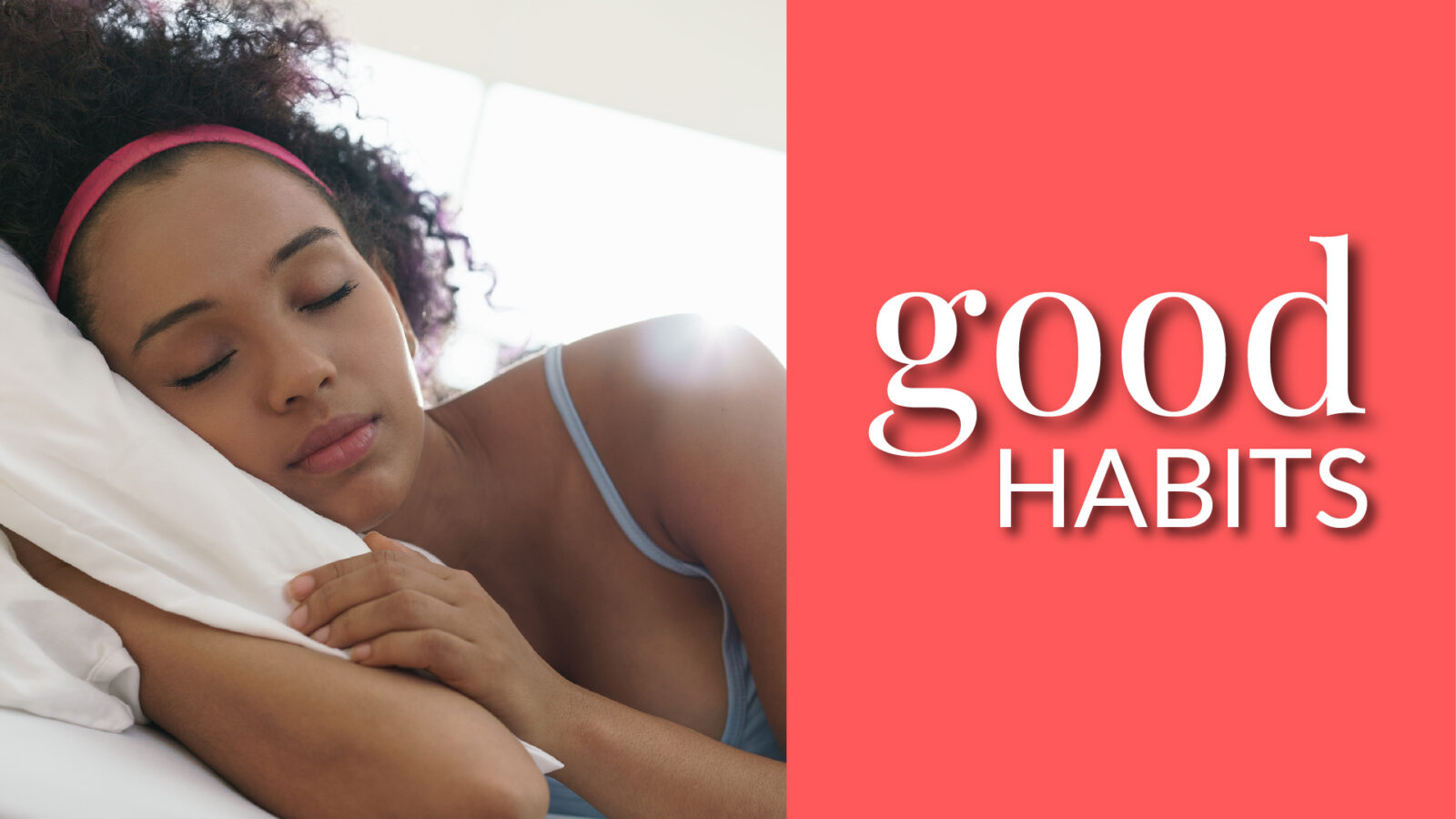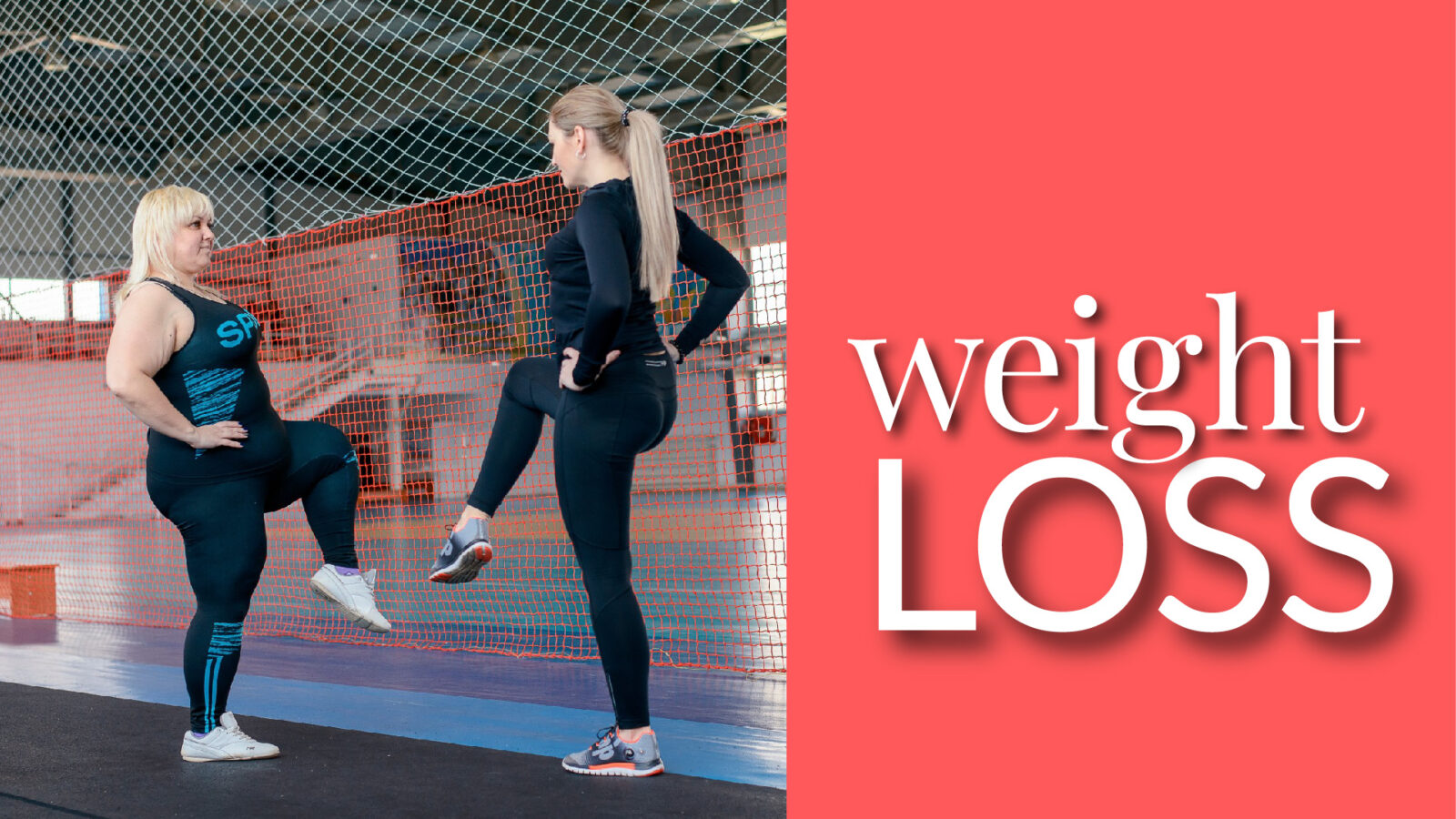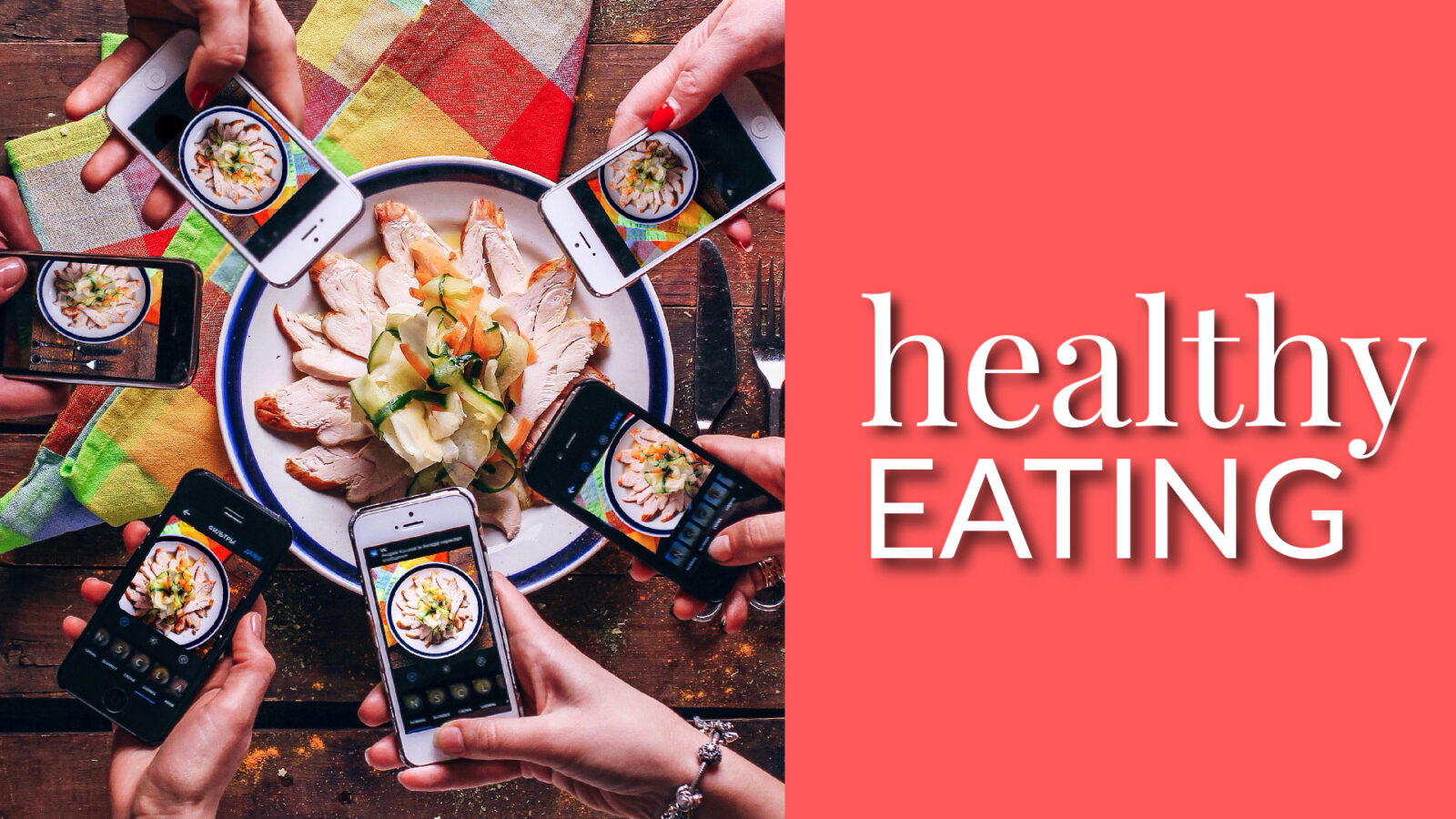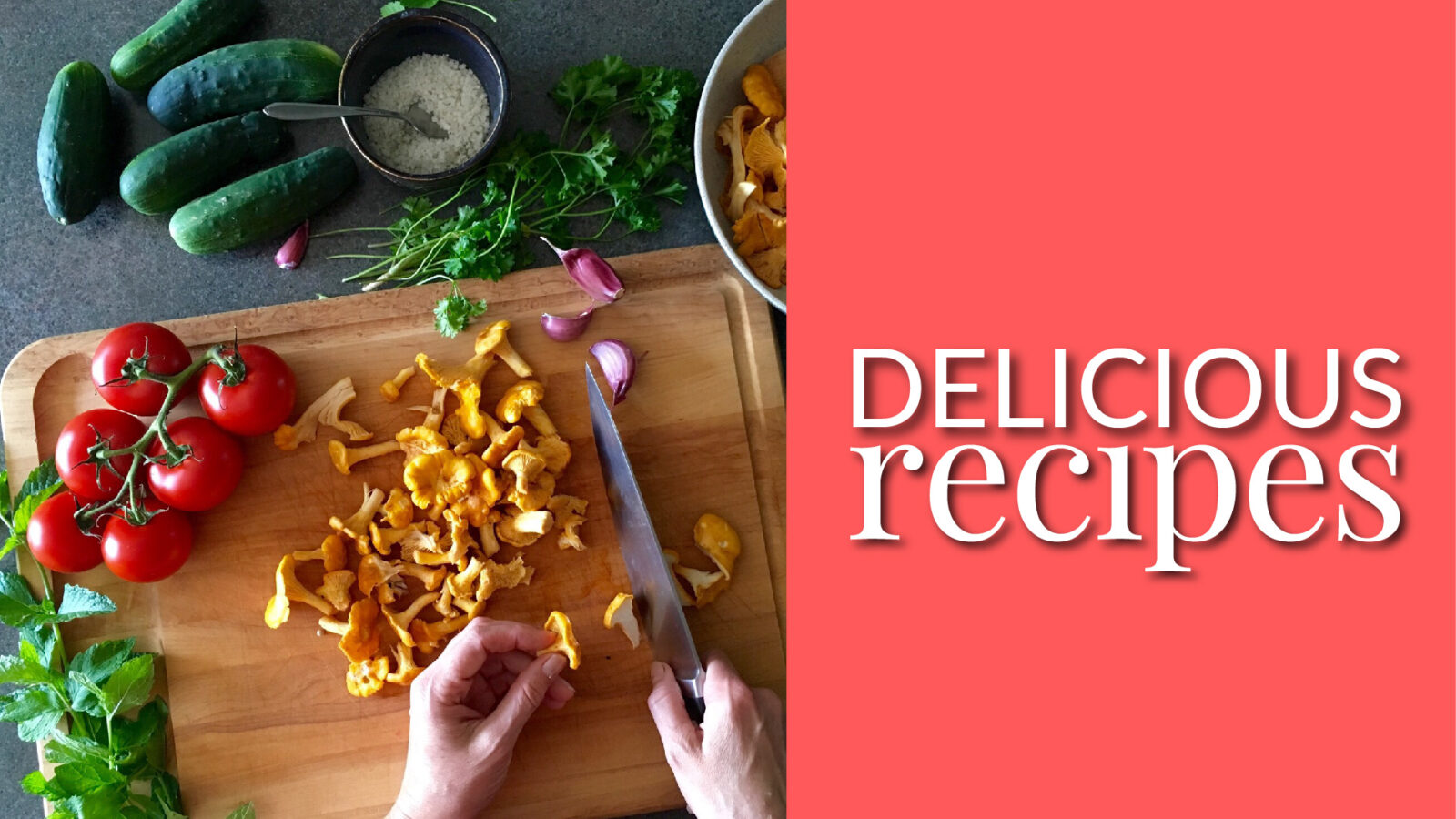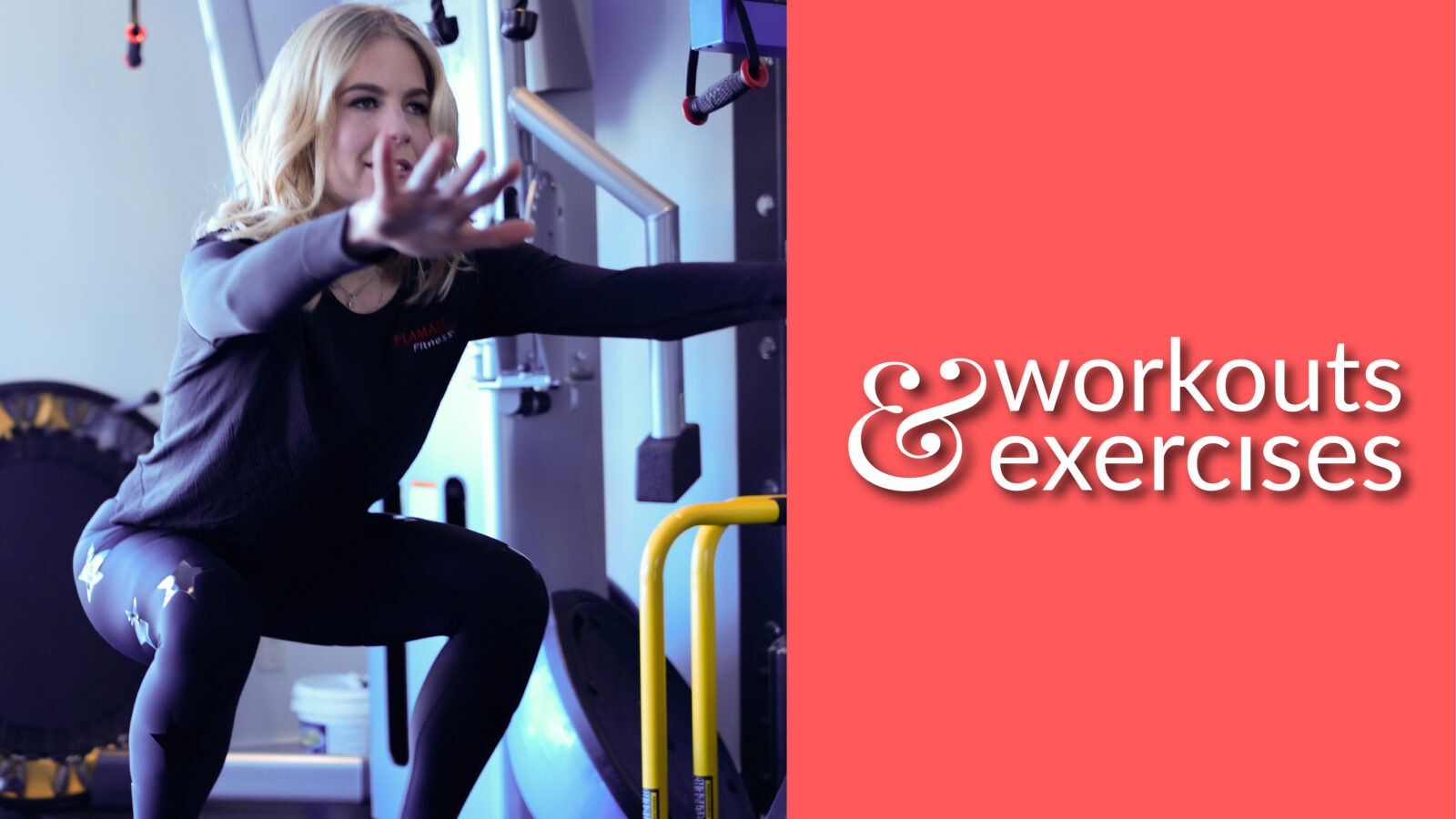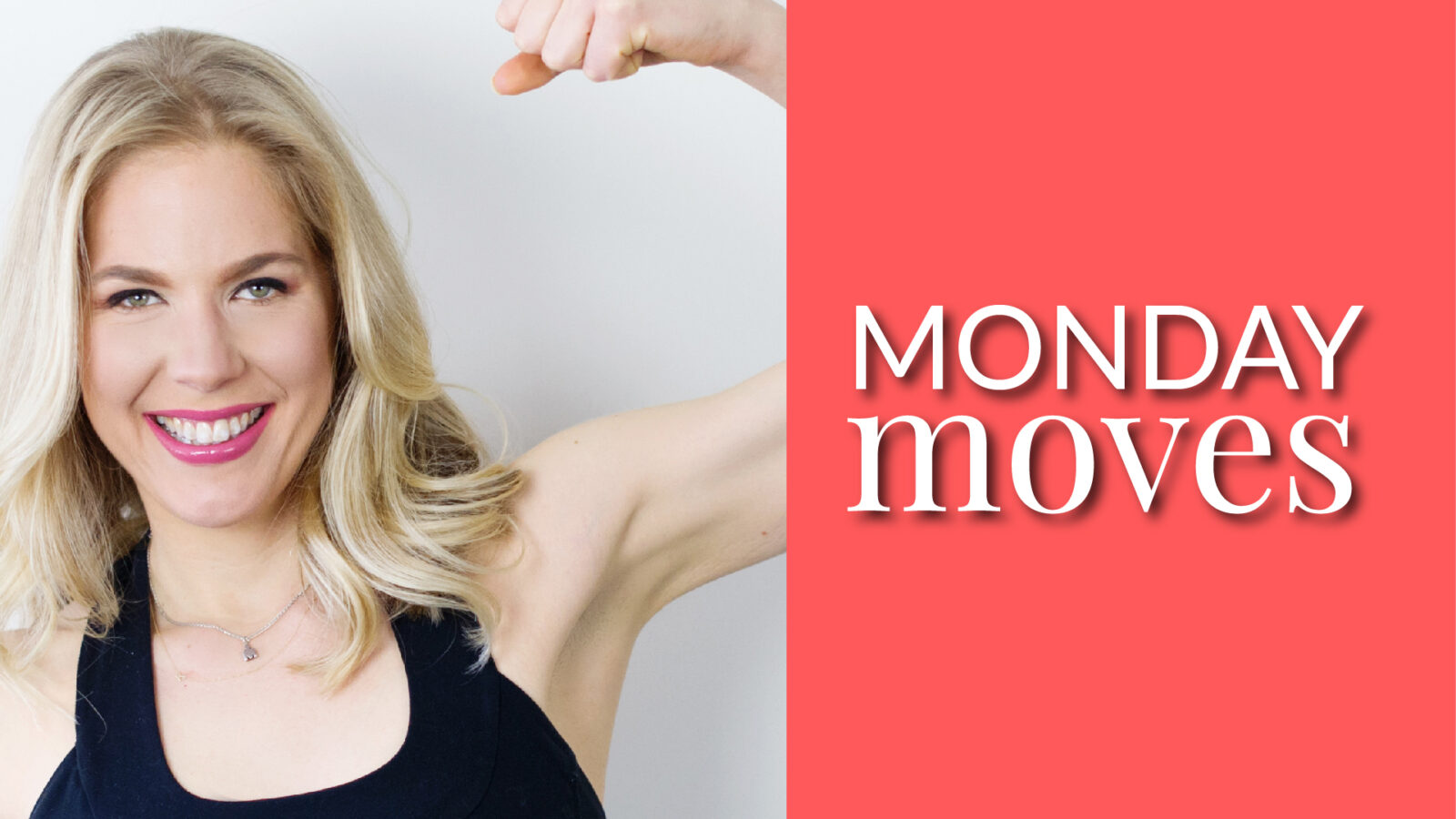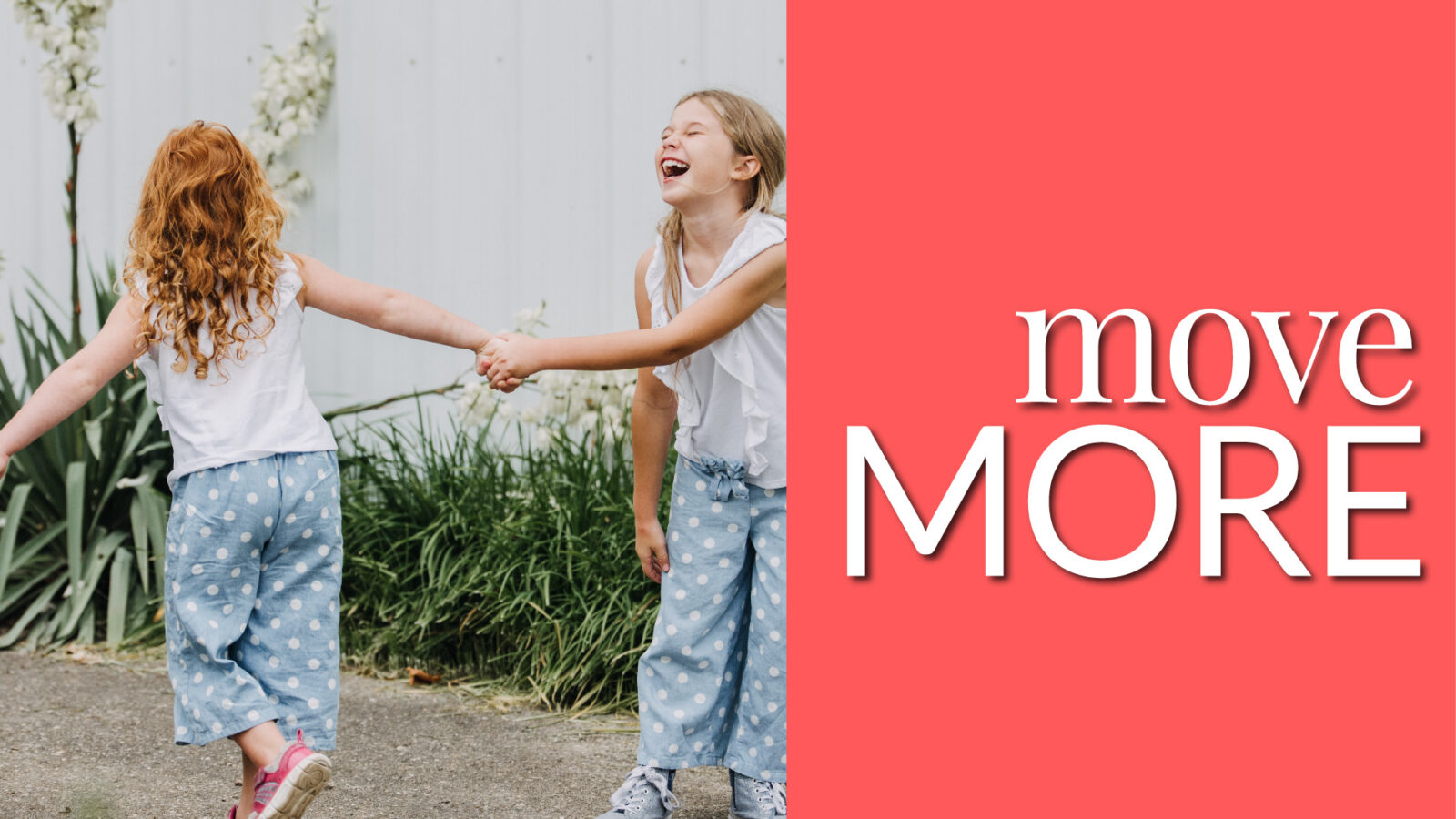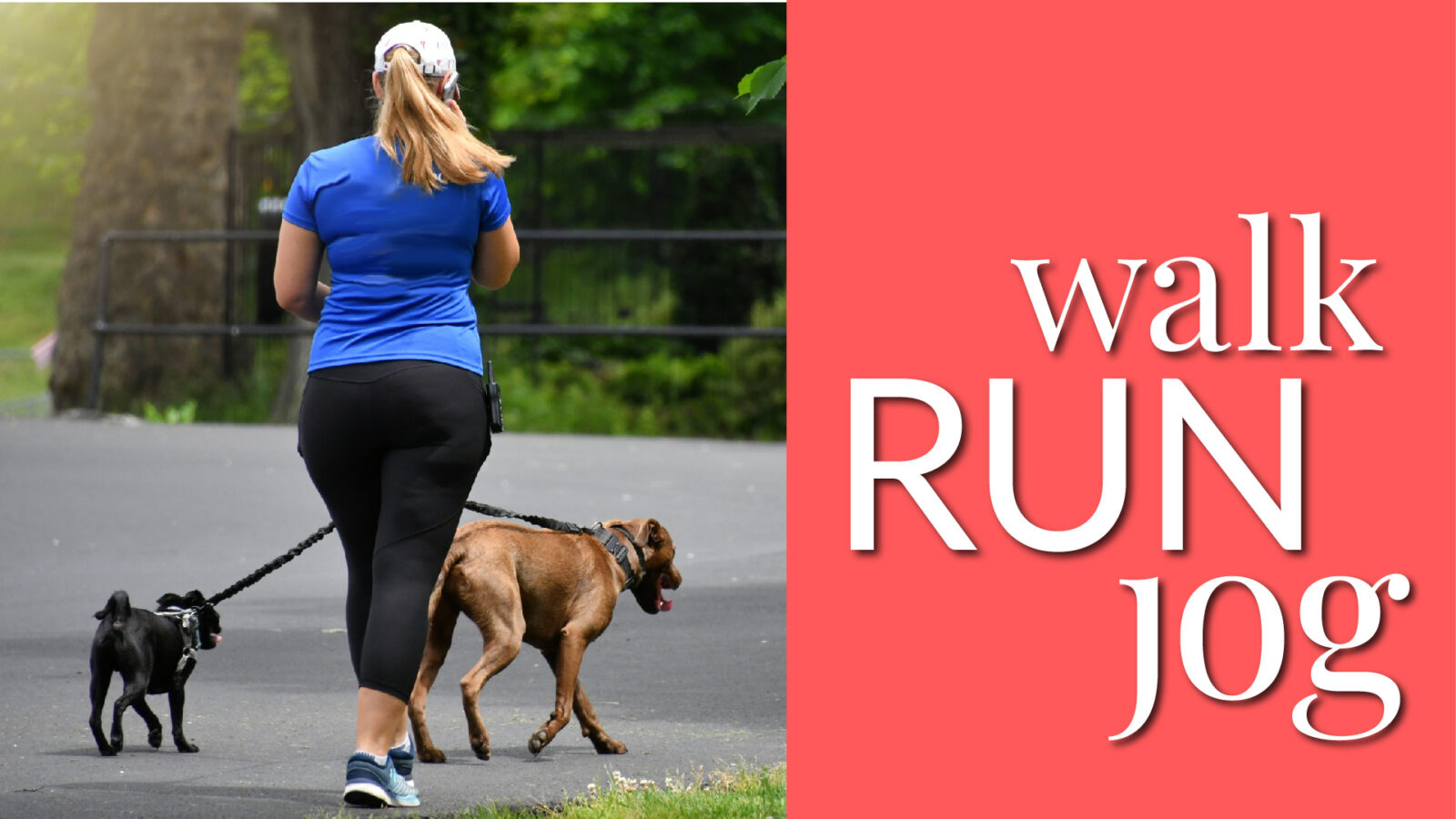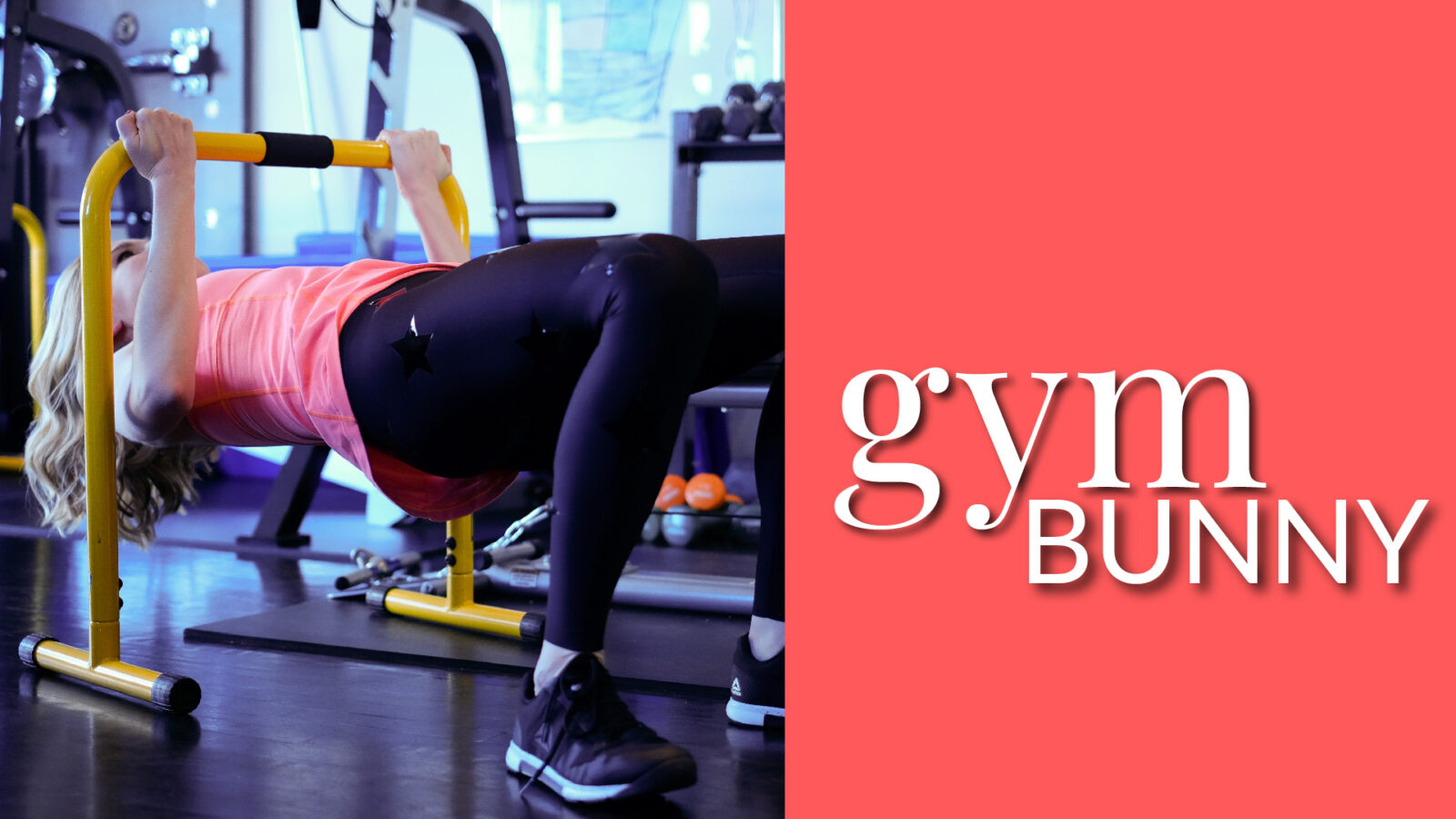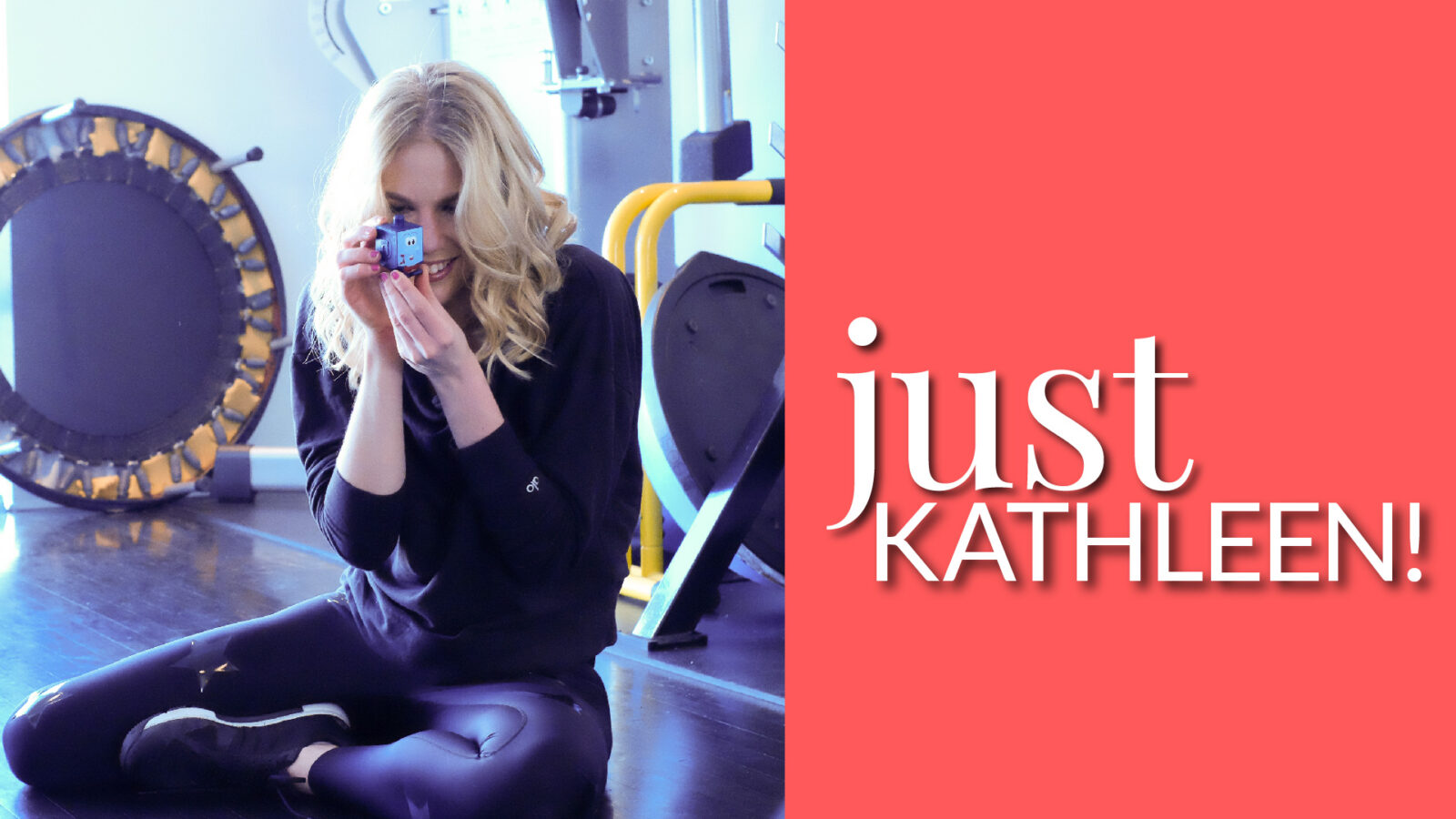Fitness Expert Kathleen Trotter: Set a “go to bed alarm” 30 minutes to an hour before you need to go to bed so that you actually get to bed on time

Set a “go to bed alarm” 30 minutes to an hour before you need to go to bed so that you actually get to bed on time. Sleep helps your body and brain recover and resets your hormones. It is almost impossible to say no to sugar and get yourself to the gym if you have not slept. Even better, use that bedtime alarm to signal the start of some type of “evening routine.” This could include taking a bath, meditation, stretching, turning off all screens, etc. Anything that signals to your brain that it’s “sleep time.”
By Dr. William Seeds
As part of my series about health and wellness leaders, I had the pleasure of interviewing Kathleen Trotter.
Kathleen Trotter is a leading authority on fitness in North America and has been named one of Canada’s most influential fitness professionals.
Kathleen’s passion for fitness is directly linked to motivating others to “find their fit.” Her philosophy lies in a compassionate yet strong approach, encouraging people to make healthier choices because they love themselves, not because they hate themselves. She believes in body positivity and self-compassion balanced with accountability. She advocates for learning and growth, passion and gratitude, and actively finding pockets of joy.
A two-time published book author, columnist, media personality, fitness guru, life coach, body positive advocate and overall health enthusiast, Kathleen Trotter’s career blossomed when she started as a fitness writer at Chatelaine in 2010.
Shortly after, she started blogging for The Huffington Post and writing for The Globe and Mail. Her work included being featured in over 50 online fitness how-to videos as well as being included in the Globe’s online book on running. Kathleen also penned three columns: “Ask the Trainer”, “Sweat Test” and “Health Advisory”. Other published articles appear in Canadian Running, Glow, Alive, Today’s Parent, Healthy Directions, Impact Magazine, and Sharp, and for ParticipAction.
Kathleen Trotter shares her philosophy in an effort to motivate and encourage others to live a healthy and happy life. Her two books Finding Your Fit and Your Future Fittest Self are both available on Amazon and regularly receives 5 star reviews.
As a reoccurring expert on some of North America’s top shows, Kathleen Trotter has been featured on Breakfast Television Montreal, CTV News, CHCH Morning Live Hamilton, the CBC, Global Montreal, ABC News 7, and Rogers London. She has been a guest on radio and podcasts including The John Oakley Show, Radio Canada , Steele and Drex , 40+ Fitness Podcast, KOGO, Naturally Savvy with Andrea Donsky and Lisa Davis, The Other F Word, and Wellness Force, and is a regular on Zommer Radio’s “The Tonic”.
Kathleen Trotter is also a recognized speaker and guest lecturer. Her speaking engagements include motivational talks at the University of Toronto, Concordia University and the Toronto Public Library. Corporate presentations include her Cisco Women of Influence keynote speech.
Currently, Kathleen is also an ambassador for Flaman Fitness. Other past partnerships include Sears, Canada Beef, and Quesada.
Additional career highlights for Kathleen Trotter include ranking as one of the top four in Feedspot’s list of the “25 Best Fitness Blogs” and partnering with her friend and colleague Harry Scott on a series of YouTube videos called “She Said He Said Trainer Chats”.
Kathleen holds an M.Sc. in Exercise Science from the University of Toronto and a nutrition diploma from the Canadian School of Natural Nutrition, and she is a C.H.E.K. Level 3 trainer, a Level 2 Fascial Stretch Therapist, and a certified Pilates Equipment Specialist. Kathleen is currently working through certification to become a life coach.
Thank you so much for doing this with us! What is your “backstory”?
Sometimes I describe myself as two separate people: the current Kathleen and the “old” Kathleen. I was not born loving to eat vegetables and run. I had to create this fit, healthy version of myself.
I was a chubby and awkward adolescent. I was taller and larger than everyone — including all the boys. I hated my body and had microscopic levels of self-esteem. I would do anything to get out of gym class. I often cried or faked being sick in an attempt to get to go home. I snuck food. I used to tell my mom I wanted to walk home from school to get fresh air when, really, I just wanted to stop and buy fries at the chip wagon. Not my proudest moments.
My life began to change when my mom bought me a YMCA membership — in retrospect, such a genius solution. Yes, I hated being active with my peers, but the demographic at the Y was mostly people under five and over 40, so I felt comfortable enough to at least go and walk on the treadmill. My mom is truly an amazing woman. She gave me a compassionate yet heavy talking-to, saying something like, “You have to find a way to be consistently active. You can’t just watch TV. Go, even if you walk for 10 minutes.
The workout doesn’t have to be perfect. It just has to be something you will do consistently.” Walking snowballed into weights and running, which snowballed into exercise classes, which snowballed into teaching fitness classes, running marathons, and a desire to make health and wellness a life passion and career. The experience was the nascence of the philosophy of my first book, Finding You Fit. Frame daily motion as a non-negotiable. How you are active is up to you. Match your health plan to your personality and life realities.
Sure, I have phases where I pay less attention to my diet, but I have never reverted back to the girl who would lie to the clerk at Subway about buying a foot-long sub to “share with a friend” when really she had every intention of consuming the entire thing. I try not to feel guilt when I don’t make the best choice or let one chocolate snowball into 10 chocolates; I have one treat, not 10. When I do end up having 10 of something — it does happen — I work to understand why. Then I set up systems to save myself from my future lesser self so I don’t make the same mistake next time.
Can you share the funniest or most interesting story that happened to you since you started your career?
Early in my career a friend almost lost his leg to a rare blood disease. Before being stuck in the hospital, and then on disability for a year, he was an athlete. Present day he is okay — he did not lose his leg and can walk — but he will never be the athlete he once was. I will never forget sitting on the hospital bed thinking how moving is such a privilege — one we often take for granted when healthy.
This experience was foundational; it informed my life lens. Now when I don’t want to train — or when clients complain about the “have to–ness” of health — I remind myself and them that moving is a privilege. We don’t “have to” go for a walk, we “get to.” We are choosing yummy vegetables and to be active because we love ourselves and because we are privileged enough to make those choices.
I believe that when you can own a health choice — vs feeling it is being forced on you — the experience becomes empowering, an autonomous process not an externally imposed goal. No one likes externally imposed rules — rules often simply inspire “I don’t want to” feelings akin to adolescent rebellion. So, if you are struggling with your health process, try reframing it as something you get to do, something you are choosing to do, not something you are being forced to do.
Can you share a story about the funniest mistake you made when you were first starting? Can you tell us what lesson you learned from that?
Early in my fitness career I taught group exercise classes. I didn’t have much money but I wanted to be able to go on vacations, so I started working for an organization that places group exercise instructors at resorts. You taught two hours of group exercise a day. For this you didn’t get paid, but you also didn’t pay anything for the stay, and other than those two hours you could act as any other hotel guest. The first time I taught aquafit I made the mistake of wearing a two-piece suit. Usually I would teach in a one-piece racing suit, but I was on “vacation” and wanted to feel like I was. While teaching aquafit you jump in and out of the pool to demo exercises. You can imagine what is coming next — let’s just say my bathing suit did not cooperate.
Lesson learned. Always test out your props BEFORE the big day!
In recent years I had to learn this lesson again. I was doing a live TV segment on “exercising in the heat.” As part of the segment I planned to demo the “urine hydration test.” My plan was to add yellow food die to water to show how if your pee is clear or slightly yellow you are hydrated. If you pee is bright yellow, drink water. Well, the first debacle was that I had not taken the safety seal off of the bottle — no food coloring came out. Then I had to fiddle on camera taking the cap off. The grand final was that I poured so much food die into the cup that it looked like a trip to the hospital was needed — I blame the big pour on nerves. Needless to say, the host and I had a good laugh and I learned the same lesson again: always practice before it counts. (If you want to watch, Google Rogers Ottawa Daytime, Kathleen Trotter, and exercise in the heat.)
As humans we often have to learn the same lesson a couple of times before it sticks. When it comes to health this mean that, instead of getting discouraged when you binge eat at night (yet again) and using that discouragement as license to go down a shame spiral — which often just leads to the following day being a bad day of eating too — remind yourself that you are human AND spiraling does not help. Mistakes happen. Instead of leaning in to the shame talk (“I did X, I will never succeed, so I might as well just stop trying”), work to learn from the experience and set up systems so it does not happen again.
Are you working on any new or exciting projects now?
I have an idea for my third book. Shhhhh … don’t tell anyone!!! In all seriousness, I am always scheming over some new project. I just started posting audio excerpts from Your Fittest Future Self on my social media, which is fun. I am doing my Level 3 Life Coach certification in a few months and I am halfway through a year-long Nutrition Coaching program. I love learning.
None of us are able to achieve success without some help along the way. Is there a particular person who you are grateful towards who helped get you to where you are? Can you share a story about that?
Is it too sappy to say my mom? She was a single mom; her strength and grit and ability to love were/are totally inspirational. She really did teach me so many valuable lessons, probably most importantly that “there is always a solution.” From her — and later from Tony Robbins — I learned to focus on what I do have control over and what I can change. My mom modeled for me that with a little bit of elbow grease and determination one can always find — or create — a solution, a life lesson, and/or an alternative productive path.
I am grateful that in addition to my mom there have been innumerable people who have helped me along my journey — it really does take a village. My partner, James, is unwaveringly supportive. We have been together since high school. He watched me race all of my marathons, my Ironman, most of my half Ironmans, and many of my smaller races. He supported me emotionally through my graduate work, countless courses, buying my studio, writing my books, etc.
He never makes me feel guilty when — for the millionth time — I can’t go on vacation or to a friend’s cottage because I have to work or budget money for a course or a work trip. He knows how much my career matters to me. I also owe special thanks to Sam, the coordinator of the group exercise program at the YMCA, who taught me to be an instructor. A ginormous thanks to Chris and Bruce who owned Trainers Fitness, the gym I initially worked at.
They took a chance on me when I was 17 and an absolute newbie instructor. Another big thanks to Kirsten, the owner of the boutique fitness studio I worked at once I left Trainers. Kirsten was stylish and successful — I SO wanted to be her.
Can you share your top three “lifestyle tweaks” that will help people feel great?
I’ll share four because I like bending rules.
–Get a fitness buddy and/or find ways to make fitness more fun! Try a fun fitness class, join a sports team, get a dog, etc.
–Set a “go to bed alarm” 30 minutes to an hour before you need to go to bed so that you actually get to bed on time. Sleep helps your body and brain recover and resets your hormones. It is almost impossible to say no to sugar and get yourself to the gym if you have not slept. Even better, use that bedtime alarm to signal the start of some type of “evening routine.” This could include taking a bath, meditation, stretching, turning off all screens, etc. Anything that signals to your brain that it’s “sleep time.”
–Create a “kitchen closed” window. (Mine is 8 P.M. to 8 A.M.). Have your dinner and then stop eating. Almost nothing healthy is eaten after 8 P.M.: you don’t need those calories, plus it is hard to sleep if your body is digesting heavy foods, snacks, or alcohol.
–Don’t bring crap into the house. If you bring food into the house you — or someone you love — will eventually eat it. No one has willpower at 11 P.M. Don’t tempt yourself. Or as I always tell my clients, “if you don’t control your environment it will control you.”
Or, if you prefer, here are three longer ones.
1. Use “awareness tool(s)”!
Journal, get an accountability buddy, download a tracking app, and/or join a health community. Use any tool that will work for you. It is critical to become aware of your current choices, habits, self-talk, and health mindset. “Awareness brings choice.”
You can’t create a different future you until you understand your current you. Most of us underestimate our unhealthy choices and overestimate our healthy choices. Self-reflection and analysis are critical. To make a healthier choice, you need to be aware of current choices. You can’t make better choices and/or alter your automatic thoughts and beliefs if you don’t understand your past and current thoughts, beliefs, and actions. Doing what you have always done and believing what you have always believed will create a future self who is a slightly older copy of your current self.
2. Hope is NOT a strategy!! STOP making “fitness wishes”! Make “fitness goals”!
The road to success is paved with realistic, meaningful goals. Sure, start with a “fitness wish,” but turn the wish into a reality by establishing realistic, safe, meaningful, and sustainable long- and short-term goals.
How? Don’t aim to change all your health habits at once. Establish two or three realistic goals — write them down. Make sure they reflect how much time and energy you actually have (not how much you wish you had), your finances, and your equipment. Make a plan of action; figure out in advance the WHAT, WHERE, WHEN, and HOW of your workout plan. Establish a detailed plan of action. WHERE and WHEN will you work out? Will you join a gym and go before work, join a running group, set up a home gym, play a sport? WHAT exercise will you do? Plan to do something you actually enjoy, or at least something you don’t hate. If you love being outside, research the local ravine system or find a nature walking group. If you love group sports, find a convenient team to join. If you know you need help being accountable, get a fitness buddy. WHEN do you want to accomplish your goal by? Be specific.
If you want to lose weight, how much and by when? Break the goal down — how much per week? If you want to get stronger, what exactly does that mean? HOW will you fit in your training? What accommodations do you need to make? Do you need to rearrange who will drive the kids to school? Do you need to block off time during your work day? Do you need to download fitness podcasts so you can train in your living room? Do you need to arrange daycare so you can train after work?
Establish both long- and short-term goals. Breaking goals down into smaller, more manageable pieces can help you avoid feeling overwhelmed. Set specific individually tailored goals. Don’t waste your life wanting to look like a celebrity or to be a waif if you don’t have that physique. Aim to be the best and healthiest version of you that you can be. Factors that will influence how much weight you can and should lose are your age, gender, metabolism, and past weight-loss history.
3. Embrace consistency. The consistent mediocre program you actually do elicits better results than the “best” program you never do!
When it comes to nutrition and fitness most people don’t need complexity, they don’t need the most complex or “best” new program — they need to implement the basics CONSITENTLY.
Sure, running might be an amazing workout, but if you will never do it (or it always injures you), the results will be null. Much of the health discourse is selling products and books — which is analogous to “knowledge” or “an idea.” This knowledge is useless without consistent follow-through. The truth is, most of us know at least roughly what to do. We know to avoid fast food and eat vegetables, but knowing and doing are two very different things. The trick is to put together a PLAN that will allow you to consistently execute your health knowledge. Start with the basics — the “Captain Obvious” health habits: avoiding processed foods, eating vegetables, stopping eating when full, getting enough sleep, moving, etc.
Is there a particular book that made an impact on you? Can you share a story?
I am an avid consumer of non-fiction — so much so that there is a section in my most recent book, Your Fittest Future Self, titled “Kathleen’s Recommendations for Growth, Learning, and Joy.” In it I share the books, podcasts, references, etc that have motivated me, inspired my fitness philosophy, and altered my life lens.
Two books that were game-changers were Brené Brown’s Gifts of Imperfection: Let Go of Who You Think You’re Supposed to Be and Embrace Who You Are and Carol Dweck’s Mindset: The New Psychology of Success.
My partner, James, likes to joke that, although he has never read Brené’s work, she deserves credit for the strength of our relationship. I have read (multiple times) her five most recent books. The Gifts of Imperfection was my introduction and it forever altered how I interact with the world. This book validated my bugaboo about perfection and articulated the importance of speaking your shame, that being too busy is not a badge of honor, and that joy is essential to the process of life and not something you have after you reach your goals.
In addition, it gave me the relationship motto “love is not a word, love is a practice.” I aim to filter my actions through this lens of “am I professing love or showing love?” When I realize I have used “love” as an empty word, I try to instead act in a way that demonstrates my love.
Mindset was given to me by my therapist. A big thank you to her for that. The main concept of Mindset is that you need to foster a growth mindset and start using the word “yet” — as in “I don’t know how to do this yet.” A growth mindset is the ability to non-judgmentally learn from every experience. Instead of berating yourself over a regrettable choice, note what you learned from the experience. Did you overeat at a party because you felt out of place? Because you stood next to the food table? Because you were too tired? Then learn from these experiences. Get back on your health horse as a more informed rider
Dweck forever altered the way I “attack” a challenge or a setback. Growth is now something I get excited about. When I analyse an experience, I no longer think “was it ‘good’ or ‘bad’?” I think “what can I learn about myself or my interaction with the world from this?”
If you could start a movement that would bring the most amount of wellness to the most amount of people, what would that be?
The “anti-shame movement.” Many individuals I respect — including Brené Brown and Kristin Neff — have planted the seeds for this movement, and it is one of my life goals that my books and articles add depth and breadth to the “anti-shame” materials available.
Why? Shame does not breed connection or compassion. Shame inspires self-loathing and triggers negative emotions and behaviors. Too many of us unproductively live in shame, and when you live in shame you end up hurting others and damaging yourself. I encourage my clients to know the difference between guilt and shame. By guilt I mean the feeling of regretting a specific action, as in saying to yourself, “I wish I hadn’t eaten that cookie.” With guilt you have the possibility of noting the problem, learning from it, and creating solutions.
Shame, on the other hand, is correlating making a less-than-ideal choice with being a bad person. When you fall into the shame cycle, you get into a trap of thinking, “I did X; therefore, I am worthless.” Feelings of worthlessness do not breed self-efficacy, positive feelings, or productive action.
Question 9. How have you used your success to bring goodness to the world?
My goal is to demonstrate that adopting a healthier lifestyle can be empowering and energizing vs shaming and demoralizing. I really believe that being active is not just about looking a certain way; it is about finding your fit, finding your joy, and creating connections — creating a fit, productive, and happier future you.
Adopting a healthier lifestyle is not about creating a “whole new you”; it is about creating the version of you that you are proud of. A version who can lift suitcases, boxes, and kids without putting out your back and run for the bus without tripping.
What are your “5 Things I Wish Someone Told Me Before I Started” and why. (Please share a story or example for each.)
1. Perfect is not possible. Perfectionism is literally the death of happiness. Like water off a duck’s back, let sh*t go. Enjoy the struggle. Enjoy the moment.
I spent my twenties constantly striving to reach goals, yet never being happy when I met them. The striving was not the problem — the lack of satisfaction and ability to enjoy the process of striving was. I would finish a triathlon and cry about how I was 30 seconds too slow vs being proud of my hard work. I remember one triathlon coming off the bike balling because I had not gotten the time I wanted. I started my run literally heaving sobs. My friends were all there cheering and all I could think about was what I didn’t do rather than “Wow, do I ever have great friends,” “This scenery is gorgeous,” AND “How privileged am I to be able to do this race?” My life lesson was that I needed to stop wasting valuable time and energy trying to be “perfect.” Time is a non-renewable resource. Spend time doing things — and being with people — that fill you with energy, that you are passionate about — that make you happy.
2. Adopting a healthier lifestyle is not a light switch that is either on (you are fit) or off (you are a fitness failure). Health is a process, and you only grow and learn through experiences. You can “know” something, but embodying that knowledge is a whole other ballgame. Adopting a healthier lifestyle is not about “never falling.” (Through years of experience I have learned that we ALL slip sometimes — even trainers.) Adopting a healthier lifestyle is about learning to fall less intensely, course correct faster, and “trend positive.” Gradually change your health norms so you have more healthy habits this week/month/year than you did last week/month/year.
Let’s take my love of fudge bars as an example. For years I had the fight in the grocery store with myself — the “don’t buy them” vs the “buy them … you can have one every few days” internal debate. After years of this battle I leaned that I love these bars too much; I can’t have them in the house. I have no control. So, I store a stash at my mom’s. When I want one I walk there, have a visit, and enjoy one (or two) not the entre box.
3. YOU have to make and set your own priorities and boundaries. If you don’t, someone else will. Always remember, a no to one thing is a yes to something else. You can do anything but not everything. We all have a set amount of time and energy — think “resource allocation.”
Now, I know establishing boundaries is easier said than done — especially for people-pleasers or when negotiating family commitments. I get it. It can be hard to set boundaries with loved ones — it feels mean and unloving — but I have learned that boundaries are actually kind. I now set them in large part because I love my family and friends — and because I love myself. I am a better version of me when I have worked out, slept enough, and eaten well. James knows that it is better to have three hours with me after a workout than four hours with a cranky not-worked-out Kathleen.
Self-care is not selfish. You can’t be of any service to anyone — including yourself — if you’re dead, burned out, exhausted, etc.
4. On the inside we are all scared, flawed, and broken. Even people who seem to have it all figured out, don’t.
Stop unproductively comparing yourself to others. Everyone is fighting a battle. Thrive in your own lane. Take me, for example, I constantly feel like a hot mess — my brain is going a mile a minute trying to figure out how to navigate life. I regularly feel as if I am struggling to figure life out, that I am broken and messy — yet people tell me all the time that I seem to have it all together.
I remember once going to meet a friend for a workout when I was unbelievably tired. It took ALL I HAD to go. I was so stressed that she was going to watch me work out and judge my lack of energy. I kept thinking “as a trainer I should be better.” Instead of focusing on my workout I stupidly spent the entire class thinking how I wasn’t living up to her standards — such a silly waste of energy. At the end of the class we chatted and it became evident that, while I was worried she was judging me, she’d been worrying I was judging her. My lesson was, “Kathleen, thrive in your own lane. We are all only human and fighting a battle no one knows. Do the best workout you can do, make the best decisions you can, and act in your integrity. If people judge you, so be it. That judgment is more about them than you.
Have the most generous interpretations of your friends. Next time, instead of thinking ‘she is going to judge me,” consider asking her how she is and if there is anything you can do to make her experience more fun.” As the very wise Dr Seuss reportedly said, “those who mind don’t matter, and those who matter don’t mind.”
5. The only moment you have true control over is now. Sure, actions today will affect the future, but not if you don’t actually act today. This moment is really all we have to work with. Stop talking about what you are going to do and just do it. You can’t control the past, and the only way to influence the future is through this moment.
Remember, too, that inaction is also action. Often it feels like by doing nothing you are safe, but not changing is an active choice. You are acting as you have always done, deepening your “stuckness.”
Becoming aware of the “power of the moment’ was a gamechanger. It is one reason I work so hard on self talk — self talk allows one to pause and harness the power of the moment. When I don’t want to exercise I say — out loud if I can because it seems more official — “Kathleen, your future self will be happier and healthier if you work out. Blah, blah, blah … JUST DO IT!” Or when my alarm goes off and I want to hit snooze I say, “Kathleen, you think you want to hit snooze, but your future self will be SO frustrated if you stay in bed. Get up NOW. Your day will be better if you get up NOW — you set your alarm for a reason.”
Or when I want to overeat, I make myself take “the pause” and I say, “Kathleen, you want this now, but your future self will not be proud or happy if you eat this. You won’t sleep as deeply. You will feel foggy … and eating sugar will simply make you crave more sugar.” Basically, I “lean in” to self-talk. I consider productive self-talk the key to making better choices. I also lean in to the idea that your future long-term health is a product of the choices you make in each current moment.
“Don’t believe everything you think” and/or its close cousin “Thoughts are not facts. Thoughts are not acts.” I learned both from the Tim Ferriss podcast. Tim often asks his guests “What would you put on a giant billboard?” Over the years multiple guests have given an iteration of these sayings.
I try to use this “don’t always believe your mind” concept when I’m sad, low energy, angry, etc and thus my mind is trying to convince me to make an unproductive choice — send an angry email, eat, skip a workout, etc. I think, “Kathleen, you are not your thoughts. Just because you want to write that angry email or eat that chocolate doesn’t mean you have to. Pause. Take a breather. Create some distance between your emotions and yourself. What will the future you be most proud of?”
My favorite “Kathleenism” is “the worse your mood the more important your workout — you are only ever one workout away from a better mood.” I use this line as part of my self-talk when the ignition energy to start my workout is hard to find — contrary to popular belief, trainers are not always motivated. I know I always feel better once I have done something. My future self will always be happier if I move. I exercise in large part to moderate my mood. This quote was inspired by an exercise my therapist gave me around 15 years ago. She had me keep a mood journal for 2 weeks. I recorded my mood pre and post workout. I was always in a better mood after exercise. Now I use that data to convince myself to exercise when I don’t want to. I often get my clients to keep mood journals. Having stats and data can be very helpful.
Some of the biggest names in Business, VC funding, Sports, and Entertainment read this column. Is there a person in the world, or in the US whom you would love to have a private breakfast or lunch with, and why? He or she might just see this if we tag them 🙂
Without hesitation, Tim Ferriss. It is an understatement to say that I am a huge fan of the Tim Ferriss Show. Tim does long-form interviews with world-class performers from various walks of life with the goal of gleaning tactics, tools, and routines you can implement to improve your own life. I never miss an episode. I do a little happy dance when he posts a new one. The people he interviews are often authors and thus inspire me to read and review books for my “What I’m Reading Now” section of my website. For example, inspired by his podcast I read and reviewed Jane McGonigal’s book SuperBetter. Her main take-away is to use a “gaming mindset” to achieve your goals. I now suggest her gaming tricks to clients. (Have a craving? Try 3 minutes of Candy Crush or Tetris. These types of games can decrease your craving by roughly 25% — just enough to give you the power to say “NO!”)
What I appreciate most about Tim is his uncanny ability to ask interesting, curious questions. He brings out my curious side. I used to be very stubborn — locked into my “ways.” After listening to literally hundreds of Tim’s interviews, I now really try to prioritize curiosity. In fact, one of the main tenets of my book Your Fittest Future Self is “certainty is the opposite of growth.”
By that I mean, don’t let your love of being certain and right stop you from moving forward. If you want to grow, you have to be curious. Doing the same old thing gets you the same old results. Change your actions by questioning your current assumptions, mindset, and habits; exist in an atmosphere of growth and curiosity. Certainty only leads to more of the same. A sure way to stay stuck as the current you — with your current health — is to be certain of everything you know and stay married to your current values, assumptions, and habits.
If you want to create a fitter future you, try new things, new workouts, and new ways of eating and thinking. The worst that can happen is you don’t like the new way of eating or training and you go back to your original patterns — or better yet, try something else new!

